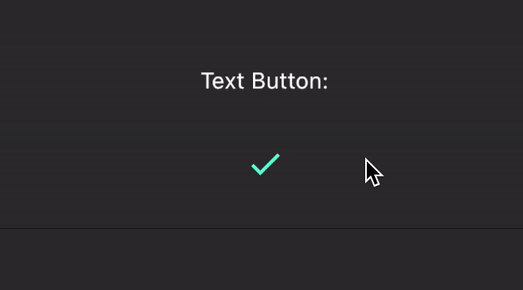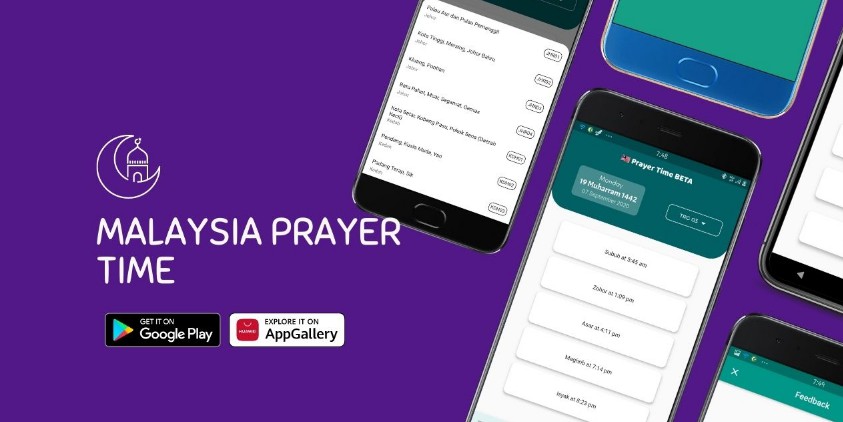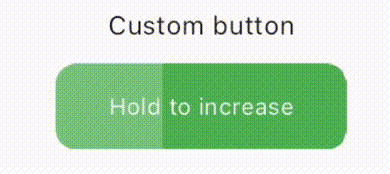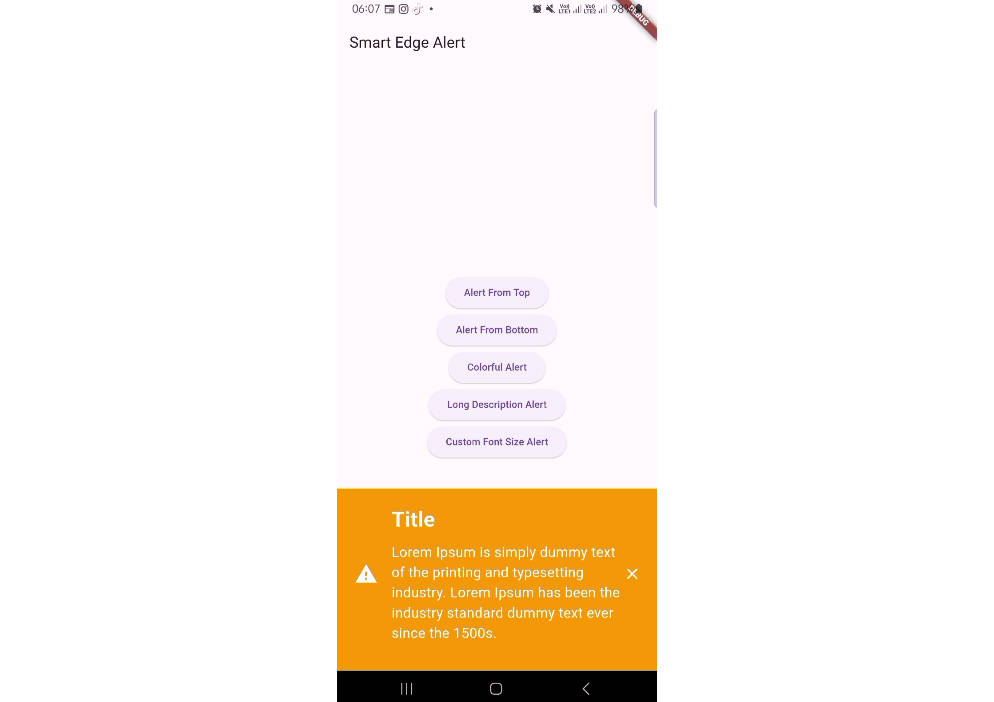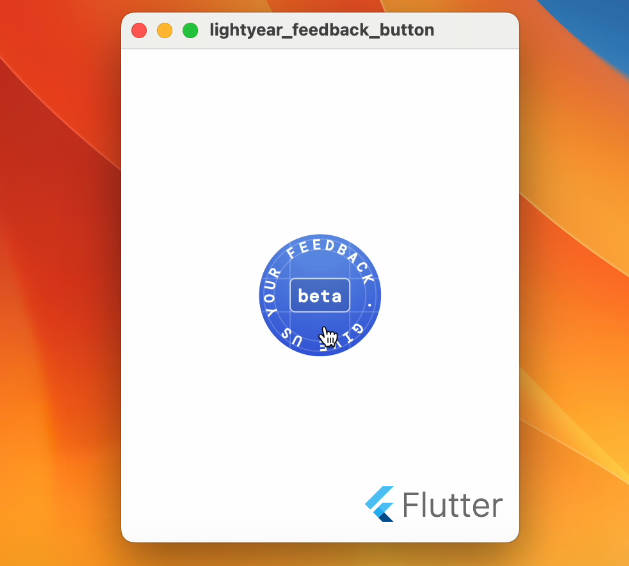async_button_builder
A builder that adds loading, disabled, errored and completed states on top of buttons that perform asynchronous tasks. It can be used with most any button or even on top of a custom Material button. It includes fluid animation between states as well using AnimatedSize in combination with AnimatedSwitcher which gives possibility to define your own transitions.
Getting Started
Include the package:
async_button_builder: <latest_version>
Wrap the builder around a button, passing the onPressed and child element to builder instead of the button directly. These two are the only required fields.
AsyncButtonBuilder(
child: Text('Click Me'),
onPressed: () async {
await Future.delayed(Duration(seconds: 1));
},
builder: (context, child, callback, _) {
return TextButton(
child: child,
onPressed: callback,
);
},
),

The fourth value in the builder allows you listen to the loading state. This can be used to conditionally style the button. This package depends freezed in order to create a sealed union to better handle the possible states.
AsyncButtonBuilder(
child: Text('Click Me'),
loadingWidget: Text('Loading...'),
onPressed: () async {
await Future.delayed(Duration(seconds: 1));
throw 'shucks';
},
builder: (context, child, callback, buttonState) {
final buttonColor = buttonState.when(
idle: () => Colors.yellow[200],
loading: () => Colors.grey,
success: () => Colors.orangeAccent,
error: () => Colors.orange,
);
return OutlinedButton(
child: child,
onPressed: callback,
style: OutlinedButton.styleFrom(
primary: Colors.black,
backgroundColor: buttonColor,
),
);
},
),

You can also drive the state of the button yourself using the buttonState field:
AsyncButtonBuilder(
buttonState: ButtonState.completing(),
// ...
),
async_button_builder even works for custom buttons. You can define your own widgets for loading, error, and completion as well as define the transitions between them. This example is a little verbose but shows some of what's possible.
AsyncButtonBuilder(
child: Padding(
// Value keys are important as otherwise our custom transitions
// will have no way to differentiate between children.
key: ValueKey('foo'),
padding: const EdgeInsets.symmetric(
horizontal: 16.0,
vertical: 8.0,
),
child: Text(
'Click Me',
style: TextStyle(color: Colors.white),
),
),
loadingWidget: Padding(
key: ValueKey('bar'),
padding: const EdgeInsets.all(8.0),
child: SizedBox(
height: 16.0,
width: 16.0,
child: CircularProgressIndicator(
valueColor: AlwaysStoppedAnimation<Color>(Colors.white),
),
),
),
successWidget: Padding(
key: ValueKey('foobar'),
padding: const EdgeInsets.all(4.0),
child: Icon(
Icons.check,
color: Colors.purpleAccent,
),
),
onPressed: () async {
await Future.delayed(Duration(seconds: 2));
},
loadingSwitchInCurve: Curves.bounceInOut,
loadingTransitionBuilder: (child, animation) {
return SlideTransition(
position: Tween<Offset>(
begin: Offset(0, 1.0),
end: Offset(0, 0),
).animate(animation),
child: child,
);
},
builder: (context, child, callback, state) {
return Material(
color: state.maybeWhen(
success: () => Colors.purple[100],
orElse: () => Colors.blue,
),
// This prevents the loading indicator showing below the
// button
clipBehavior: Clip.hardEdge,
shape: StadiumBorder(),
child: InkWell(
child: child,
onTap: callback,
),
);
},
),

